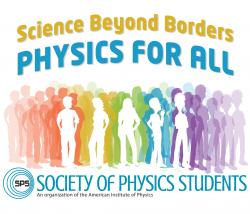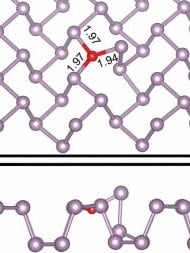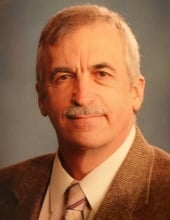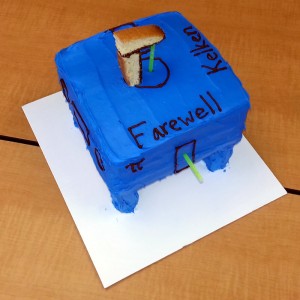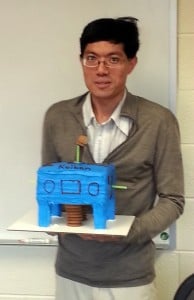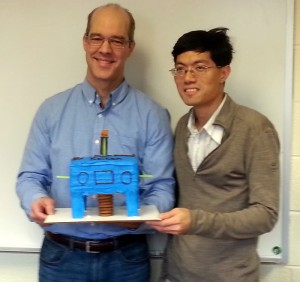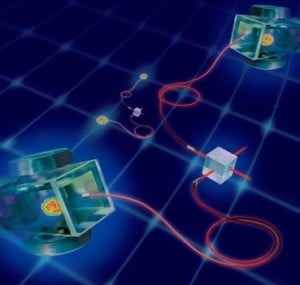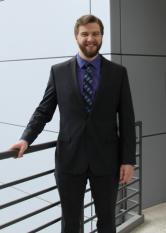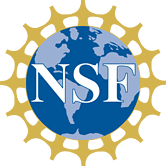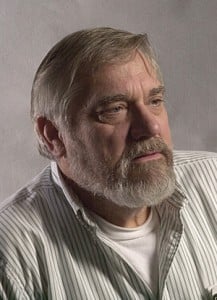
David H. Cook of Escanaba, MI, passed away on February 14, 2106, in Houghton, MI, at the age of 72.
Dave cut an unforgettable figure as the Master Machinist in the Department of Physics at Michigan Tech from 1995 to 2005. Here was a man both amiable and always open to new ideas! Some of his more notorious adventures included building a potato gun in accordance with the design by the freshman physics students. This gun was used in class to shoot potatoes across the Portage Canal to learn about propulsion and trajectories. His pencil gun, which he designed and built, used a pencil as a bullet and was able to penetrate a block of wood several inches deep. This gun was used in classes to demonstrate energy and momentum transfer. He was well-known for keeping a “pet mongoose” in his lab, which he often used to test the fear factor of faculty, students and staff. In addition to designing and building scientific instruments, his duties also included research engineering, mechanical design, chemical hygiene and safety. Many remarked that he had the ability to turn a subject as dry as safety into something fun and enjoyable.
Dave actively participated in multiple high profile research and educational outreach projects. He was deeply involved in “The Night Sky Live Project,” the objective of which was to search the night sky for comets, meteors, stars, and supernovas. The “Rockets for Schools” program, which was immensely popular among high school students, became a reality largely due to his efforts.
In the department, Dave was one of the greatest advocates for graduate students. Faculty and students would bring him their ideas. Dave understood that the experimental nature of their work might require 25 tries to turn that idea into something precise and functional. He was gifted in his ability to create experimental apparatuses that were so refined and essential that, while students may not always remember all the interesting information told to them by their professors, they were likely to remember the instruments that Dave designed and built. Furthermore, even students who studied theoretical or computational physics for their graduate degrees wanted to take his course on the manufacture of precision instruments.
Dave’s interest in others, his warmth, patience, and sense of humor made him very approachable to the extent that many students sought his advice on home and car repair. He was not only their instructor and machinist, he was also a wonderful, resourceful friend.
Dave was also an outdoorsperson and artisan. He enjoyed hunting, fishing, boating, woodcarving, and gunsmithing. His absence will be felt for many years.
A rich profile and the opportunity to express condolences may be found online.

